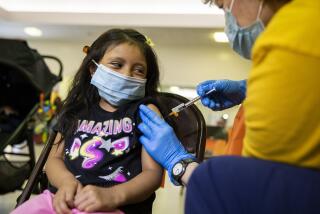In a deadly season, a grieving mother who lost a child to the flu fights back
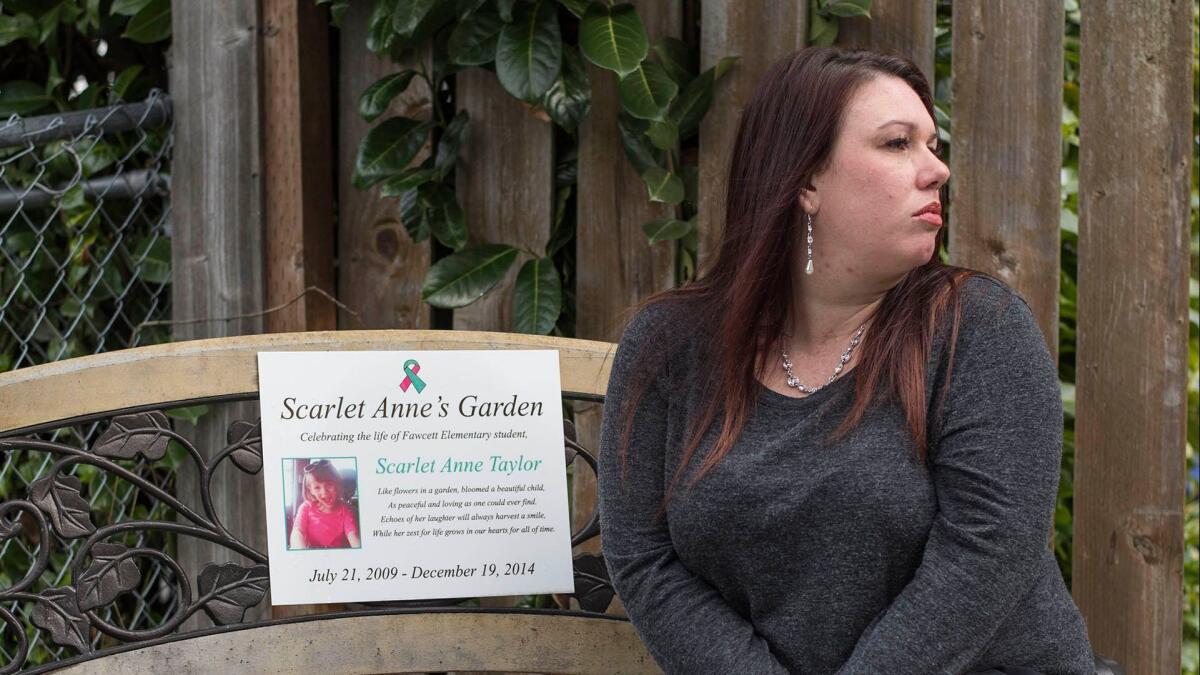
The call from her daughter’s school came at 2:30 on a December afternoon.
“Scarlet has a fever,” the nurse told Rebecca Hendricks. “She’s lying down now. If you could come get her.”
Hendricks brought her 5-year-old home, gave her some Tylenol, brought her some soup and let her snuggle up on the couch as she started preparing dinner for the family. By the next day, Hendricks and her 2-year-old twins began to feel sick too.
“Everybody’s dying in this house, we’re so sick,” she wrote with dramatic effect on Facebook.
The following day, Scarlet Anne seemed to be improving. She ate Cap’n Crunch for breakfast, drank her milk and curled up on the couch with her mother to watch “The Aristocats.”
Thirty minutes into the Disney movie, the child fell asleep. Alarmed by her labored and raspy breathing, Hendricks woke her up. She dressed the child in footy pajamas, put her hair in pigtails and rushed her to the emergency room.
Three and half hours later, the little girl with the irresistible giggle, long brown hair and piercing blue eyes was dead.
::
Scarlet Anne died during one of the worst influenza seasons in the country in years, and Hendricks struggled to make sense of her daughter’s death.
“I thought I can’t sit here and die in this darkness, this hole of sorrow,” Hendricks, 34, said. “I needed to do something.”
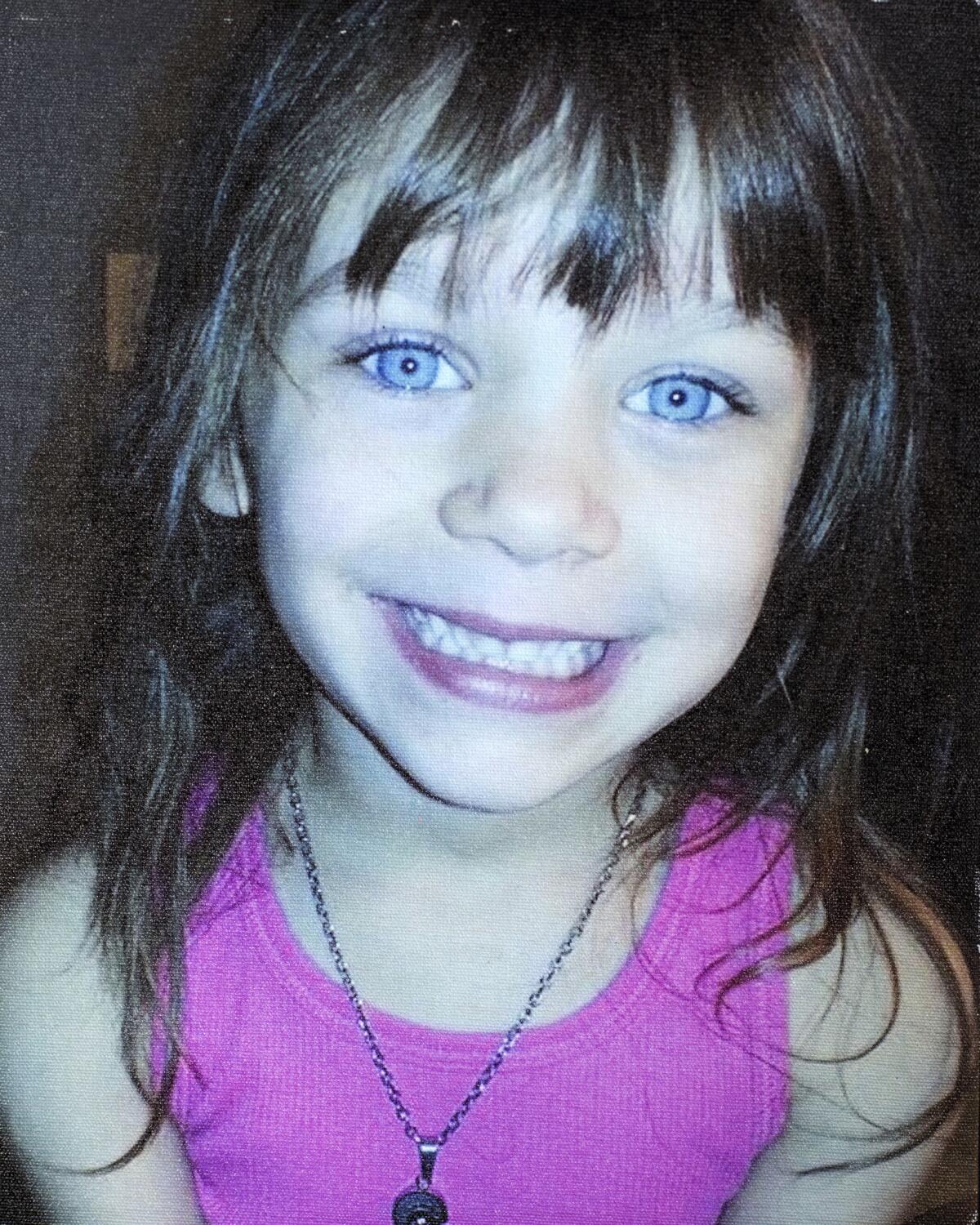
So in 2015, the year after Scarlet Anne died, the Tacoma, Wash., mother founded the Fight the Flu Foundation, an organization dedicated to raising awareness about the seriousness of the flu, especially for families and children. The group since has gained official nonprofit status as The End-FLUenza Project.
It is one of a handful of national organizations, such as Families Fighting Flu and Alana’s Foundation, that have sprouted over the years to highlight an illness that, despite widespread education and vaccination campaigns, is viewed as just a seasonal inconvenience.
Their message promoting awareness and underscoring the need to get a flu shot arrives this year during a particularly deadly flu season.
According to the Centers for Disease Control and Prevention, the flu has hit hard in every state except Hawaii and Oregon, and while the number of cases has begun to decline, flu activity is expected to remain elevated for several more weeks, the agency reported.
The definitive number of flu deaths nationwide this season is unknown because states are required to report flu deaths only in children, not in adults, Richard Benson, a contractor in the Office of Infectious Diseases at the CDC, said in an email. However, the CDC estimates that the flu has killed between 12,000 and 56,000 people a year since 2010.
Reports from individual state health authorities give an indication of the staggering statistics this flu season: 202 flu deaths in California, 219 in Indiana and 162 in Missouri. Nationwide, 97 children have died.
Based on an analysis of 54 of those pediatric deaths — all of whom were eligible to get vaccinated — the CDC found that only 14 children had had at least one vaccine, Benson said.
“That’s basically saying that three-quarters of this year’s pediatric flu deaths were in children who had not been vaccinated,” Benson said.
Hendricks, a former executive for a national financial lending company, was among those ignorant to the dangers of influenza.
“I really didn’t even know that flu killed people,” said Hendricks, who has an 11-year-old son and whose twin girls are now 6. “It was something that I just never paid attention to.”
So when her doctor would recommend she get her children vaccinated, she routinely declined.
“I was like, no, if it’s not mandatory, then it’s probably not important,” Hendricks said.
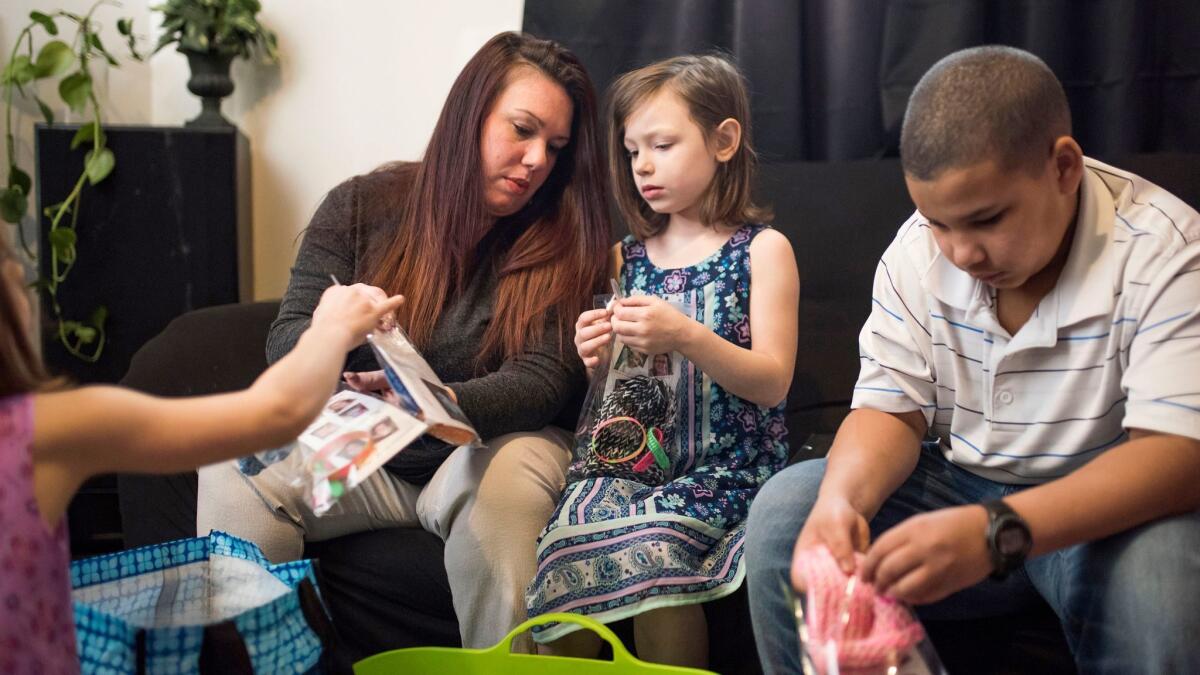
::
The mission of groups like The End-FLUenza Project is simple: to change what Hendricks described as a copycat mentality of shunning vaccinations.
Reports about the ineffectiveness of the flu vaccine this year have “caused a lot of parents to decide well, it’s not working anyways, so I’m not going to vaccinate my child,” Hendricks said. “So it really affects the herd immunity because people who would normally vaccinate, aren’t vaccinating. But the more people that get vaccinated, the less likely the flu is able to spread.”
Benson said the current vaccine is 59% effective in children 6 months to 8 years old. Across all age groups, the vaccine is 36% effective, the CDC reported.
That may seem low, but “anything upward of zero, we’re going in the right direction,” said Serese Marotta, chief operating officer for Families Fighting Flu, whose initiatives include a campaign to ensure elementary schoolchildren are vaccinated each year.
Benson said that most people with the flu have a mild illness and don’t need medical care or antiviral drugs, but young children are among the most vulnerable. The CDC recommends that everyone 6 months and older get a seasonal flu vaccine.
“This year has been an indication that flu does not discriminate,” said Marotta, whose 5-year-old son Joseph died after contracting the H1N1 swine flu virus in 2009.
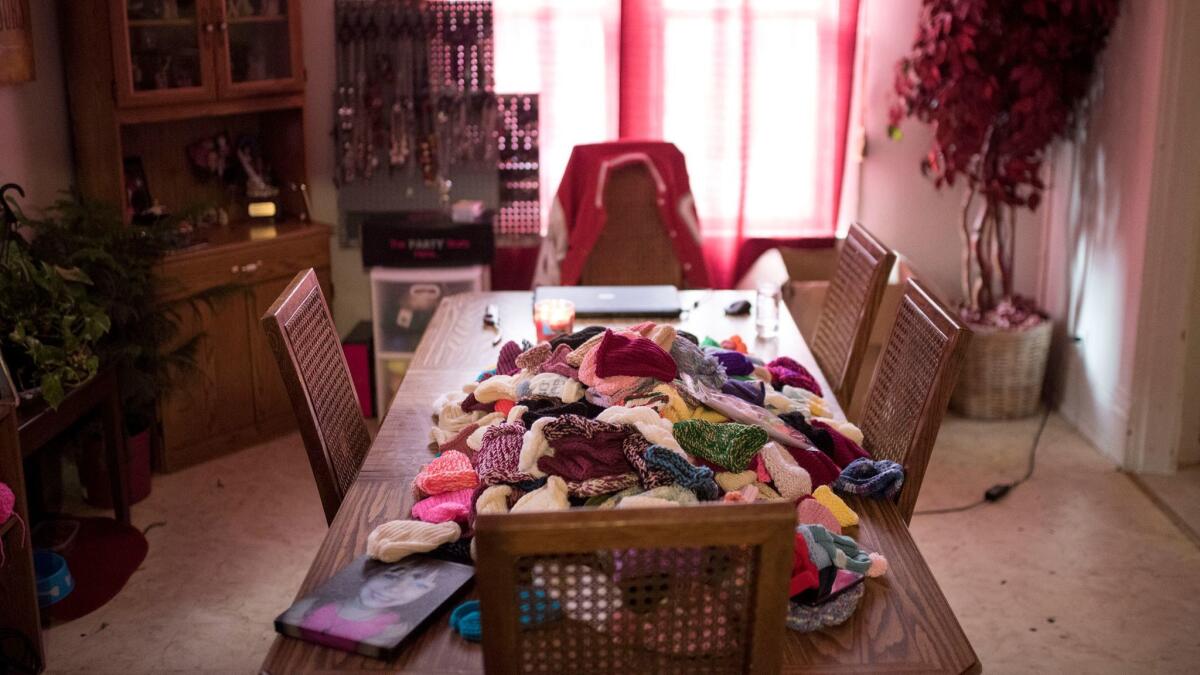
Hendricks at first focused her awareness campaign on schools because she believed that was where her daughter contracted the flu. Gradually she began to make contact with other people who had lost loved ones to the flu. The similarity of their stories was startling.
“None of us knew that this could happen,” Hendricks said. “We had no idea that the flu could just take our child’s life so quickly.”
A small office inside Hendricks’ home in suburban Tacoma has become the headquarters for an organization that runs on donations. From here, Hendricks works on preparing educational posters and brochures that are distributed to hospitals, clinics and after-school programs by an army of more than 200 volunteers across the country.
As part of a “Flu Hat Campaign,” knitted and crocheted hats made by well-wishers are packaged with flu-awareness materials and stories of children killed by the flu and distributed to as many as 45 hospitals across three dozen states. According to Hendricks, some 15,000 flu hat packages are delivered each year to targeted recipients, including mothers who have just given birth.
Hendricks does not have hard statistics to support the effectiveness of her campaign. But she is inspired by anecdotal evidence such as the scores of parents who write to tell her that they vaccinated their child after hearing about Scarlet’s story — a little girl like any other who wanted to be a dancer and whose favorite colors were neon green and hot pink.
“She was a little diva,” Hendricks said, before quickly returning to her message: “If your child’s sick, seek medical attention because flu will take their life, like a thief in the night.”
To read this article in Spanish click here
For more on global development news, see our Global Development Watch page, and follow me @AMSimmons1 on Twitter
More to Read
Sign up for Essential California
The most important California stories and recommendations in your inbox every morning.
You may occasionally receive promotional content from the Los Angeles Times.

